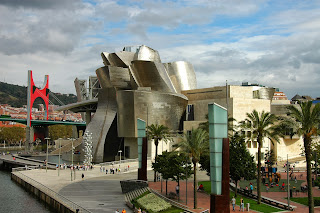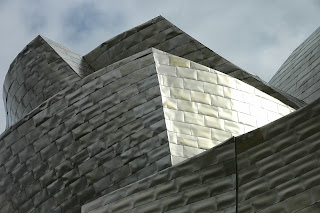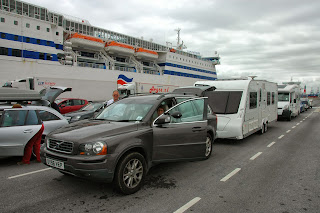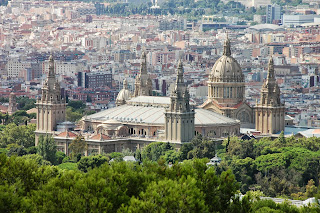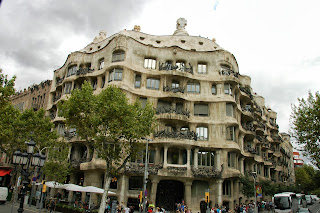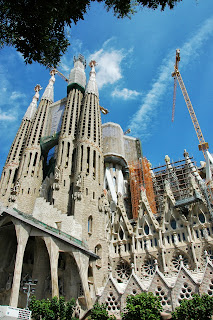Whenever we are near Southern France we stopover in Narbonne
to catch up with cousin Nancy and Sasha. Three days of eating and drinking may
not be strictly needed given what has gone before but it is impossible to turn
down. We did however do some tripping to burn off some of the excesses.
Carcassonne was our first port of call. We walked up from the town and were
rewarded with this magnificent view. It was certainly more convivial wondering
around the castle in mid 20°C than the 30+°C of our last visit (see blog June 2009).
We also decided to call
into the Canal Du Midi which we plan to do in 2016 for sister Jo’s 60th.
We arrived at the locks near Beziere just in time to see some boats locking
through one of which was crewed by a team of Aussies. They were having a great
time and suitably decked out with flags, French shirts and berets. (The reason given for the garb was that it saves
on washing apparently!) The locks are operated in twos and as a result there is a
tidal wave and plenty of spray when the furthest lock is opened.
We also revisited the amazing Étang de Montady which is a drained lake (the radial drains are collected at the centre and use a tunnel to take the water away). This was constructed in the 1300s (although some suggest it dates back to the 400C and the Romans). What we did not realise
last time (blog Aug 2011) was that our viewing hill (Oppidum d'Ensérune) was on top of the canal.
In the evening light it is a beautifully peaceful scene away
from the hustle and bustle of the locks.
Our visit coincided with an annual trip that two of Nancy’s
friends (Rowena and Liz) make. EOur second evening was spent at the restaurant that
N&S should have shares in (being at least weekly contributers). We were
introduced to some wonderful wine from the region and Nancy immediately got
onto the website to see their opening hours which included Sunday until 12
noon.
Due to a somewhat lazy departure we found ourselves arriving
shortly after 12 despite some quite formula 1 type driving. We need not have worried. The proprietor (Patrick
and 5th generation) of Chateau La Voulte Gasperets was a delightful
person only too happy to open up and give us a tasting and tour of the cellar.
He, I think, knew the wine would sell itself and he was correct as we walked
away with over a dozen bottles including a free Rose which also turned out to
be excellent.
We then had to start turning for home and travelled to Northern
Spain (Zarutz) where the park was on high cliffs overlooking the ocean. The
views were excellent – when it wasn’t raining! This was the first time that we
suffered inclement weather that impacted our travels. Our trip to San Sebastian
and Biarritz was rather wet and windy. However, the appeal of Tapas was too
great (and is a great indoor activity).
During our wonderings we came across this unique push me
pull you truck.
The waves and swell were really pounding into the town’s
river and I was lucky to get this shot from the De Zurriola Zubia bridge and remain dry
(others did not).
During our second day the weather brightened and we opted
for a trip to Bilbao and the Guggenheim. It is just spectacular and I suspect
one that would have impressed Gaudi.
It is the changing views where a 10 metre walk opens up a
different perspective and coupled with varying light make this an almost living
building.
Meanwhile the puppy dog remains diligently on guard.
With that we made our way to the Bilbao –
Portsmouth ferry and home.
However, the girls could not resist “Sex on the Beach” as a
precursor to our last supper and discussions on future trips.
We continue to enjoy Spain
and France with their rich history, colourful towns and fabulous food. It is
also easy to travel with the ‘van (particulary Spain) as most motorways have so
little traffic. Enhancing this with wonderful friends made the three weeks go
all too quickly.










